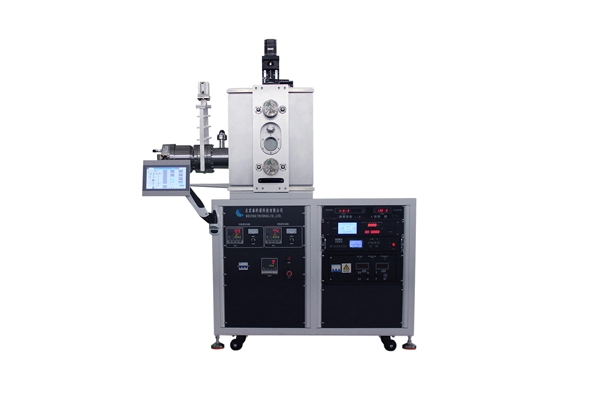Suitable for depositing nanoscale metal films (gold, silver, copper, aluminum, chromium, etc.), semiconductor films (ITO, AZO, etc.), dielectric films (titanium oxide, chromium oxide, tungsten oxide), etc. on large-area glass, acrylic sheets, PC surfaces, widely used in industries such as photovoltaics, optoelectronics, touch screens, semiconductors, flat electrodes, and architectural decorative glass.
A large-scale coating machine operates by applying a uniform layer of material onto a substrate, such as paper, fabric, or metal. The process typically involves several key steps: substrate preparation, coating application, drying or curing, and quality inspection. The substrate is first cleaned and prepped to ensure proper adhesion. The coating material, which can be in liquid, powder, or vapor form, is then evenly applied using techniques like roll-to-roll, spray, or dip coating. After application, the coated substrate is dried or cured using heat, UV light, or other methods. Finally, the coated product undergoes rigorous quality checks to ensure consistency and performance.

Using a large-scale coating machine offers numerous advantages for industrial applications. Firstly, it ensures uniform and consistent coating quality, which is crucial for product performance and aesthetics. Secondly, it significantly increases production efficiency by handling large volumes of material quickly, reducing downtime and labor costs. Additionally, these machines often come with advanced features like automated controls and precision application, enhancing overall process reliability. Lastly, large-scale coating machines are versatile, capable of handling various types of coatings and substrates, making them ideal for diverse manufacturing needs. Investing in such equipment can lead to long-term cost savings and improved product quality.